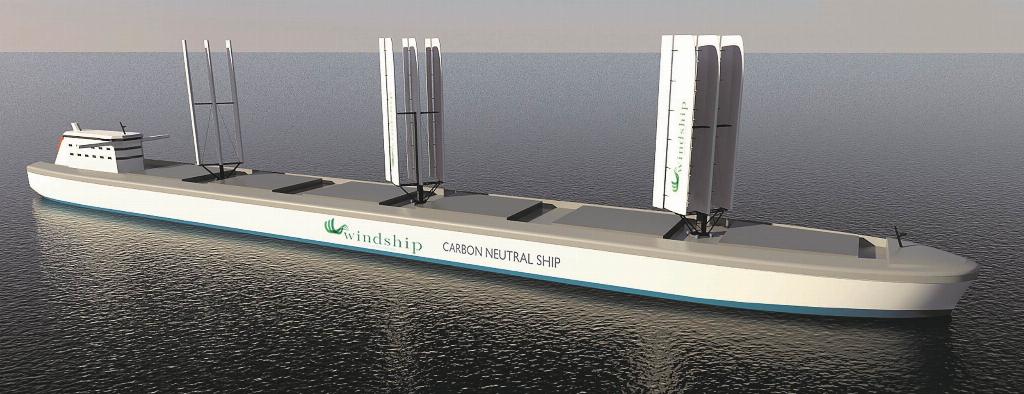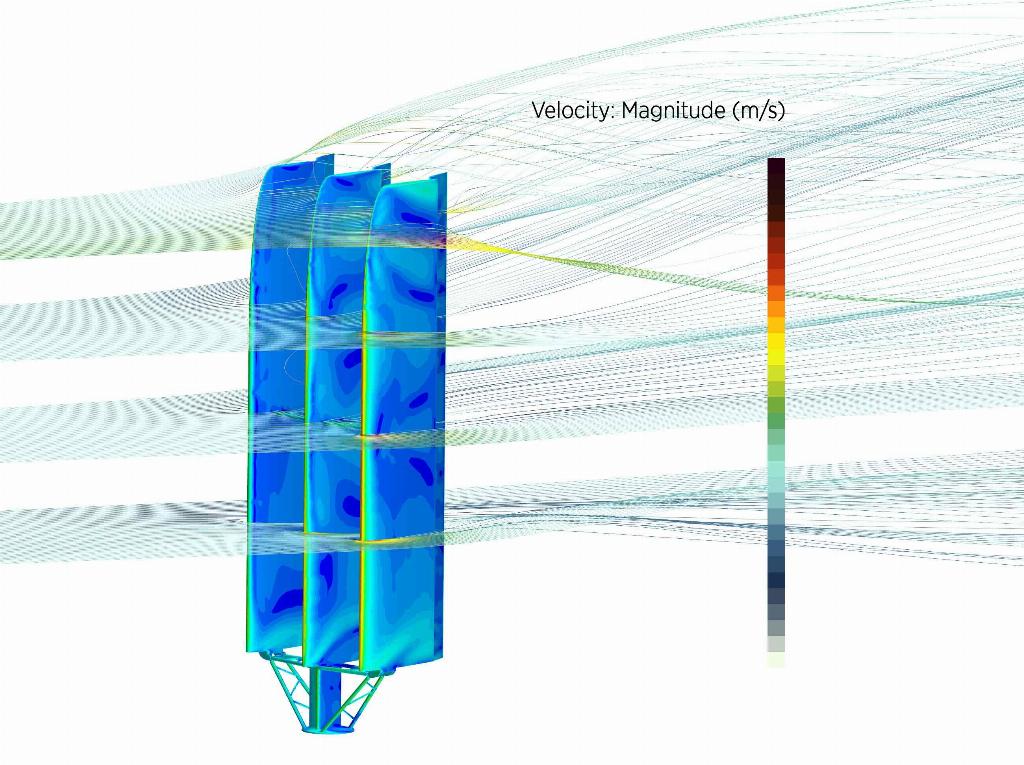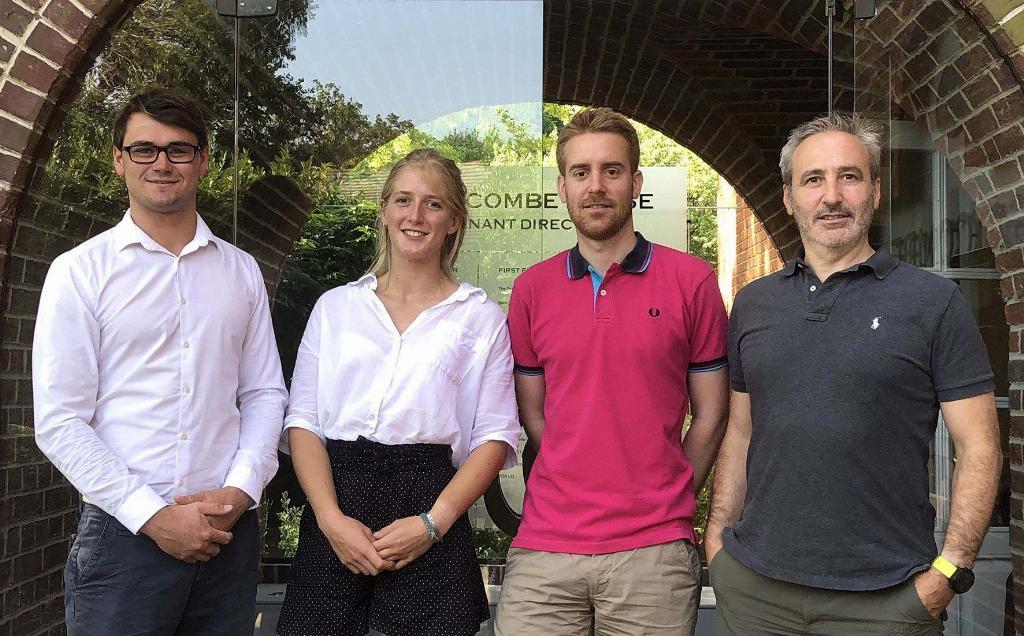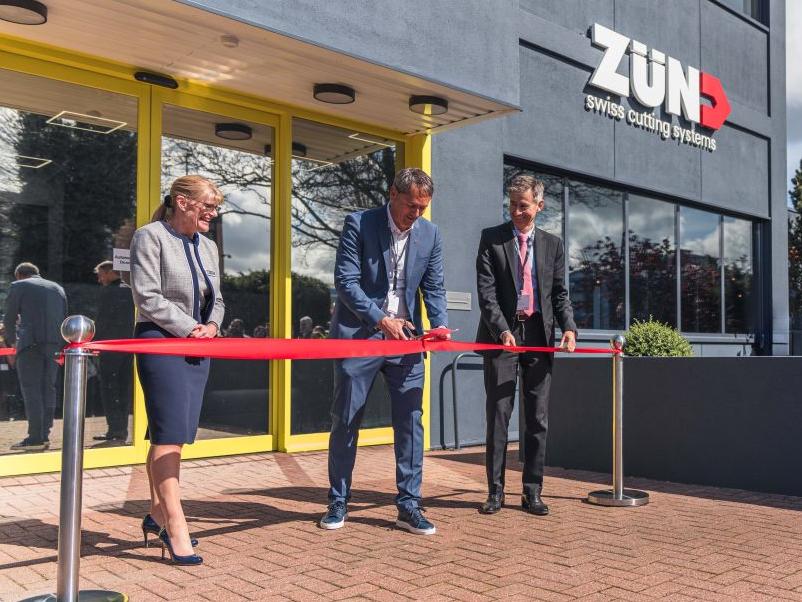The wind of change

A new sail power concept being developed by a consortium of key players in the global shipping industry is all set to demonstrate how innovative composite materials are charting new waters.
Environmental concerns are influencing a greater need for renewable and sustainable energy across the world with specialist composite technology being at the forefront of new designs and solutions. The environmental impact of shipping accounts for more than 18% of some air pollutants, including greenhouse gas emissions.
Legislation stipulates that all new ships for UK waters ordered from 2025 should be designed with ‘zero-emission capable technologies.’ As maritime industries begin to tackle climate change issues, ports and shipping companies are looking for carbon-free alternatives.

According to recent studies, wind-assisted ship propulsion using rigid wings, sails, kites, Magnus rotors or other novel devices on some specific vessel types, such as bulk carriers and tankers, have the potential of fuel savings and emission reductions around 10%. One UK company has evolved the latest advancements in wind turbine blade design and high-performance composite solutions to achieve a much higher emission reduction of 30% on average.
Windship Technology, is a sail power concept being developed by a consortium of key players in the global shipping industry, which could revolutionise the way tomorrow’s vessels carry goods across the world’s oceans. Known as the Windship Auxiliary Sail Propulsion System (WASPS), this concept uses fixed wing sail technology, whereby three masts with solid wing sails are installed on the deck of a vessel. This system allows significant reductions in engine power to be made whilst maintaining the same speed, maximising fuel-savings and reducing emissions. The Windship UK-patented design is consistently regarded as the most powerful fuel and emission saving wind system, to help the shipping industry move closer towards achieving its reduction in emissions.
Using their expertise in ship design and composite technology, the 35m high mast rigs are highly engineered for performance, strength, lightweight and efficiencies, to ensure maximum driving force. Each rig comprises of a base system and three aerodynamic solid wing sails. Each wing sail has a structural leading edge, a main internal spar and three trailing edge flaps.
The composite mouldings are built from highly engineered E-glass with a 100kg/m3 PET core and epoxy infusion. This tested technology has multiple benefits over conventional materials, with structures designed below the fatigue limit. It is non-corrosive in all weathers with 30 years longevity and cost effective to build. Sustainability is a key focus for the development team. By using PET processed from recyclable materials, instead of petroleum-based GRP, analyses suggest it could save 57% in energy costs and reduce greenhouse gas emissions by 40%.
Making computations
Computational fluid dynamics (CFD) is a crucial support for naval architects to optimise designs for critical elements, such as weight-saving, performance predictions, reducing emissions and ship optimisation. There aren’t many independent companies in the UK who can offer a holistic analysis of the benefits of wind propulsion technologies (WPT). Cape Horn Engineering is a leading consultancy, specialising in CFD and related marine technology solutions. Renowned for its expertise, the company has formed part of the Windship development team, commissioned to run an extensive CFD programme to further improve the design of the composite solid wings.

Cape Horn Engineering’s expertise extends to optimise the design of many composite vessels including racing yachts, sailing yachts, power boats, superyachts, and renewable energy structures, for clients all over the world. The company has been at the core of simulation-based America’s Cup and Ocean Racing design campaigns for over 15 years, always pushing the boundaries. Similarly, it has vast experience in ship hydrodynamics, having been involved in yacht and ship design for the last two decades. The company specialises in high-fidelity RANS-based simulation techniques where accurate forces and moments are obtained for the given shape candidates and operating conditions. Cape Horn uses Star-ccm+ from Siemens PLM and have access to a large high-performance computing cluster.
A multitude of wing assembly shape configurations were analysed in varying wind conditions with almost 1,000 high-fidelity CFD simulations performed and analysed. The simulations were used to set up force models needed to describe the vessel’s hydrodynamic and aerodynamic behaviour. Operating conditions were apparent wind angle and speed, wind shear and wind gradient and angle of attack of the wings and its flaps.
A double-digit percentage improvement in the aerodynamic performance of the wing assembly was obtained. Some selected simulation points were compared and validated with the wind tunnel testing, as well as with previous CFD analysis provided by Lloyds Register. Experts from the Wolfson Unit (University of Southampton) were also involved in the analysis of the CFD results. Extreme wind load cases were delivered to structural experts from Gurit for assuring optimum weight and safety of the structures.
Key industry experts, prospective clients in the shipping, commodities and petrochemical sectors together with UK government officials attended the R.J. Mitchell Wind Tunnel of the University of Southampton to view the testing of the Windship Technology model in February 2020.
“We are delighted with the results of the wind tunnel testing, they validate our CFD modelling and further illustrate how we will help the shipping industry to make a significant reduction in emissions,” states Simon Rogers, technical director of Windship. “We are in discussions with potential development partners to build and install the prototype system. The UK has always been a leader in the shipping industry, we are taking the next step to solidify the UK's position in the market with innovative technological solutions.”
Further design optimisation
Further CFD design optimisation in 2020 will take the Windship concept into consideration as a whole, including ship hydrodynamics, engine and propulsion, aerodynamics and optimal routing. The operating conditions for the vessel will be the advance speed, drift, heel and rudder angles. Furthermore, windage on superstructures and the added resistance due to sea state will be modelled and taken into account.

“We are extremely proud to be part of the development team for this exciting project,” says Dr Rodrigo Azcueta, managing director of Cape Horn Engineering. “When it comes to building a new ship, the design must be optimised to incorporate the rig system on deck efficiently from both an operational and performance perspective. The design of hull features, such as skegs or bilge keels may be required to balance the transversal instability induced by the installation of the WPT. Having a CFD model comprising of both the hydrodynamic and aerodynamic artefacts of the design will allow highly targeted design optimisations.
“Currently, wind propulsion systems and ship design are considered as two entities, hence they are designed independently. Ideally, they should be designed as a whole from the earliest stage, due to the dependency of each aspect on the other. Several factors need to be accounted for, including the aerodynamics of the thrust producing devices, the vessel hydrodynamics, propulsion system and the optimal routing. Simulation techniques are needed to optimise the design and routing. The optimisation process and predicted potential performance will determine the optimal operational points resulting in the lowest required engine power, fuel consumption and total emissions.
“The aim of our project is to facilitate the uptake of WPTs. Moreover, we hope to enable the implementation of these technologies in the shortest timeframe possible.”









